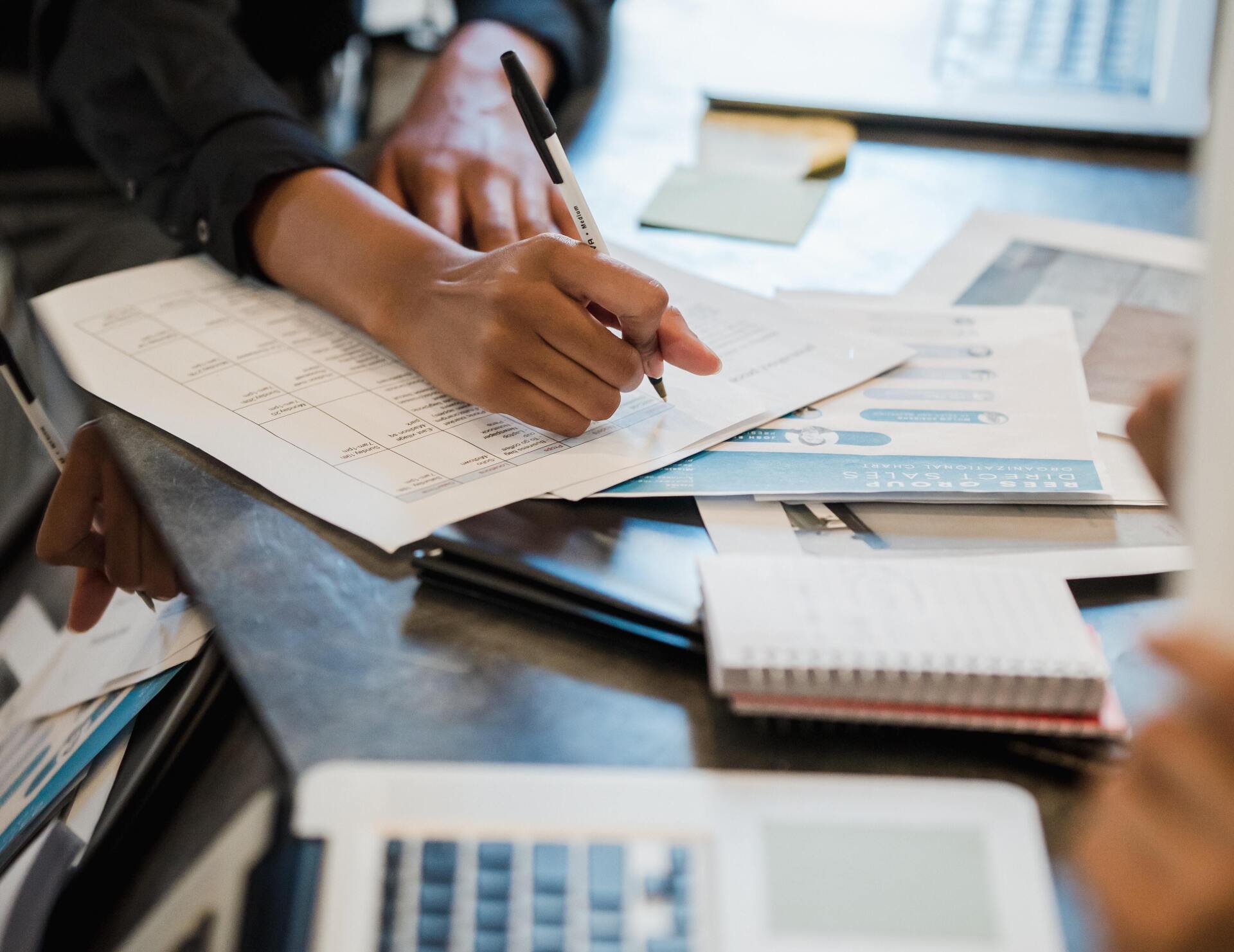Charleston and Coffee – Yesterday and Today: Country Club Golf comes to America by way of a Coffee House
September 29 is a special day for me. First, it’s my wife’s birthday and it’s also the day, in 1786, when our country’s first ever golf club convened, and they did so at a coffee house. To learn more, read on.
We are a social people, designed by our Creator for community. To draw two or more people together, all we need is a common interest and a place to meet. In our day and age, the internet has helped people find others who share common interests and passions. But the internet, despite the advent of Zoom and other similar platforms, cannot and will never replace the power and intimacy of meeting together. When we come together, our energies are not added to those of others in the room, they are multiplied.
Times were no different in Charleston in the late 18th century. During the American Revolution, the City of Charleston was divided by how one’s allegiances fell – in line with the idea of a free and independent nation or in line with loyalty to the British Crown. The first group were known as the Patriots and the second group, the Loyalists. The war’s ending did not end these divisions and in some parts of the country, Patriots seized Loyalists’ private property, and many Loyalists were run out of town or left of their own volition.
Attitudes in Charleston were no different. The City was splintered, but as it began to put itself together it did so through the formation of societies organized around one’s nationality, political leanings, and preferred pastimes. At first, what connected people was likely in part, continued hostility towards another group but what kept the groups moving forward was a shared passion.
Therefore, what began on hostile, negative footing, evolved into a positive celebration of shared interests.
For instance, the planter class which lived on the plantations outside Charleston but maintained homes in Charleston was closely associated with the Patriots and eschewed the merchant class that lived in Charleston and were more likely to be associated with the Loyalists. But the planter class also loved their hunting and horseracing and were so motivated to start societies organized around these activities such as the Jockey Club and the Agricultural Society.
For the Scottish merchants living in Charleston, what held them together as their animosity towards the Patriots waned was their passion for the game they brought with them from the eastern shores of Scotland – golf.
Golf was not invented, rather the game evolved. Variations of the basic game – striking a ball with a stick or club and advancing the ball from here to there in as few strokes as possible – can be found in the recorded histories of any number of cultures and tribes including the Romans, Greeks, the Dutch, etc… It’s not known exactly when the game appeared in Scotland or from where it came but many believe the game migrated to the eastern shores of Scotland from what we now know as the Netherlands.
By the early 18th Century, the British Isles were trading regularly with their colonies in the new world. The city of Charles Town, as it was known until 1783, was a bustling cultural and economic hub. Ships carrying rice, cotton and Indigo left Charles Town for ports in the Bahamas as well as England and Scotland and returned with finished products prized by the City’s wealthiest, many who had come to America from Scotland and England.
It’s no surprise then, that the merchants of the day brought their favorite past times with them. For this, we are eternally grateful and can thus mark May 10, 1743 as the day golf arrived in America when a shipment of 432 golf balls (featheries) and 96 clubs arrived in Charles Town for David Deas, a Scottish merchant from Edinburgh, Scotland who owned a store along a strip on East Bay Street known today as Rainbow Row. This shipment is the first known shipment of golf equipment to the new world.
The shipment left for Charles Town from the docks district of Edinburgh, Scotland known as Leith. A year later (1744), the Honorable Company of Edinburgh Golfers was formed, and a five-hole golf course was laid out on the Leith Links, the land along the coast north of Edinburgh. The foundation for the rules of golf, later adopted by the Royal and Ancient Company of Golfers in St. Andrews, Scotland were first developed by the Honorable Company of Edinburgh Golfers.
It’s reasonable to conclude that David Deas had played golf at the Leith Links. It is also easy to conclude that his shipment of 96 clubs and 432 featheries were destined for a company of golfers in Charles Town and not solely for his own use since at the time a set of clubs consisted of five to eight individual clubs meaning 96 clubs was enough for 12 to 19 players.
In Charleston, golf was first played on Harleston Green, a rectangular patch of land between Calhoun and Beaufain and Rutledge and Barre St. All the golfers needed now was a club house, a place to congregate and call home, a place and settle their bets. That place was John William’s Coffee House, on the corner of Tradd Street and Bay Street.
The Carolina Coffee House on Birchin Lane in the City of London served not only as a place to learn about travelling to or investing in the Carolinas, but it also served as a meeting place for merchants from the Carolinas visiting England. Similarly, Scotsmen visiting Charleston would congregate at the John Williams Coffee house to catch up on news, exchange ideas, and swap stories. Beginning in 1787, the St. Andrews Society of Charleston, formed in 1729 and the oldest society in the world celebrating Scottish culture, began meeting at the Williams Coffee House. It was only natural then that when the Scottish golfers banging featheries around Harleston Green needed a ‘club house’ that they would pick the Williams coffee house.
Something tells me that a few pints were poured at this coffee house as well.


